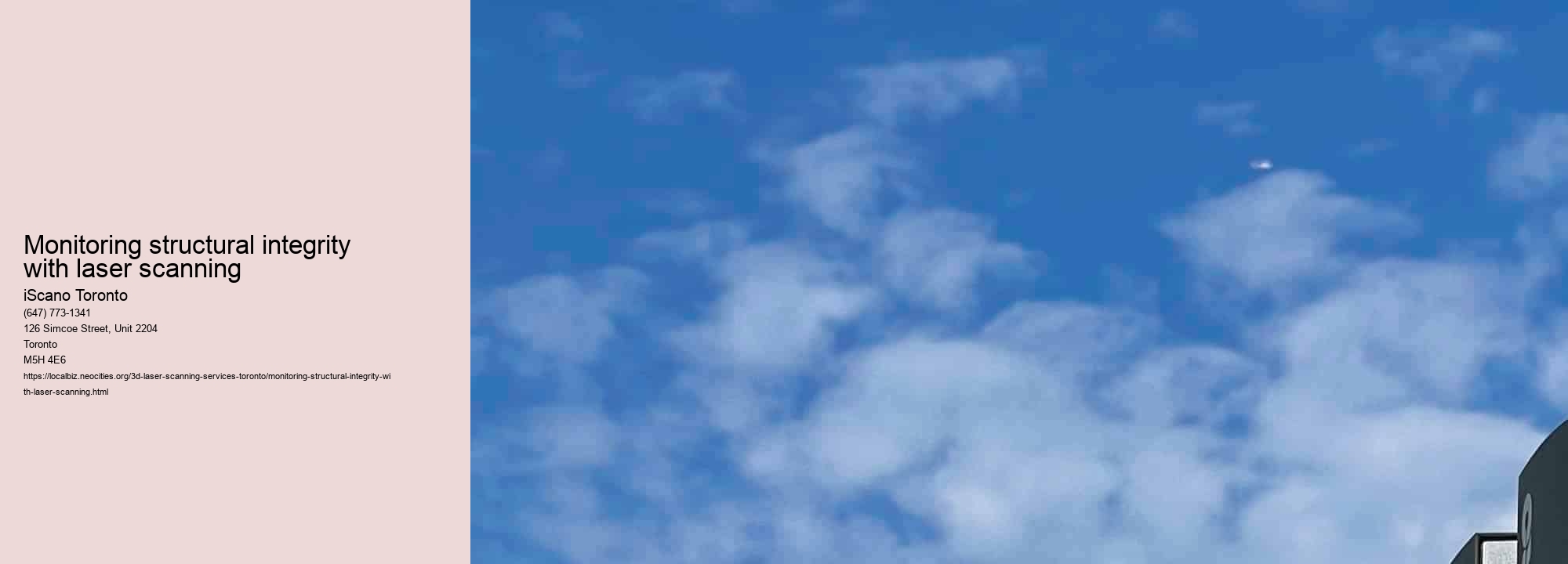Navigating the Future: How 3D Laser Scanning Services Are Changing Industries
Monitoring structural integrity with laser scanning .Intro
In the realm of technological improvement, few technologies have been as transformative as 3D laser scanning services. These advanced tools have actually reinvented sectors by supplying unequaled precision, effectiveness, and adaptability. From architecture to archaeology, from making to medicine, the applications of 3D laser scanning are large and continuously expanding. In this short article, we explore the ins and outs of this modern technology and check out how it is reshaping the landscape of different markets.
Recognizing 3D Laser Scanning
At its core, 3D laser scanning is a non-contact, non-destructive modern technology that catches the shape, dimension, and information of items or atmospheres by discharging laser light beams. These beams jump off the surfaces they run into, and the scanner gauges the time it takes for each beam to return, consequently producing a factor cloud—-- a collection of millions of information points that represent the item'' s geometry in 3 measurements.
The Benefits of 3D Laser Scanning
Among the main advantages of 3D laser scanning is its unequaled precision. Traditional techniques of measurement frequently drop short in capturing complex geometries or elaborate details, bring about inaccuracies and ineffectiveness. With 3D laser scanning, nevertheless, also one of the most complex surface areas can be recorded with precision down to the millimeter, guaranteeing that every detail is represented.
In addition, 3D laser scanning is exceptionally effective. Unlike standard surveying techniques that can be time-consuming and labor-intensive, laser scanning permits fast information acquisition. A solitary scan can capture countless data factors in a matter of minutes, substantially reducing the moment and sources required for data collection.
Another substantial benefit of 3D laser scanning is its non-destructive nature. Unlike physical measurements or invasive examination methods, laser scanning does not require straight contact with the item being scanned, preserving its honesty and minimizing the threat of damage.
Applications Across Industries
The convenience of 3D laser scanning has brought about its prevalent fostering throughout a myriad of markets. In design and building and construction, for example, laser scanning is utilized for as-built documents, clash discovery, and constructing details modeling (BIM). By properly catching status quo, engineers and engineers can improve the design procedure, lessen mistakes, and minimize costly rework.
In the manufacturing industry, 3D laser scanning plays an essential function in quality control, reverse engineering, and rapid prototyping. By precisely capturing the measurements of parts and products, manufacturers can identify flaws, enhance production procedures, and bring products to market quicker.
The effect of 3D laser scanning extends beyond the realm of market and into fields such as archaeology, forensics, and medical care. Archaeologists use laser scanning to develop detailed 3D versions of historical sites and artefacts, permitting online conservation and evaluation. In forensics, laser scanning is utilized to document criminal activity scenes, collect evidence, and rebuild mishaps with unmatched accuracy. In health care, 3D laser scanning enables customized prosthetics, orthotics, and implants tailored to the special composition of each client.
Future Trends and Advancements
As technology continues to breakthrough, the future of 3D laser scanning holds immense pledge. One emerging trend is the integration of expert system (AI) and machine learning formulas into scanning software program, making it possible for automated feature acknowledgment, information evaluation, and modeling. This combination not just improves the rate and accuracy of scanning processes yet also opens brand-new possibilities for data-driven insights and decision-making.
Furthermore, improvements in equipment, such as the development of handheld and mobile scanning gadgets, are making 3D laser scanning more available and portable than ever. These portable and lightweight scanners encourage individuals to record data in remote or difficult atmospheres, even more increasing the reach of this transformative innovation.
Final thought
Finally, 3D laser scanning services are reinventing sectors around the world, offering unequaled accuracy, effectiveness, and versatility. From style to archaeology, from producing to medication, the applications of 3D laser scanning are unlimited. As innovation remains to advance, the future holds also higher guarantee, with innovations such as AI combination and mobile scanning gadgets poised to further increase the abilities of this transformative innovation. In navigating the future, 3D laser scanning will undoubtedly remain to go to the forefront of advancement, improving markets and driving development in the years ahead.
